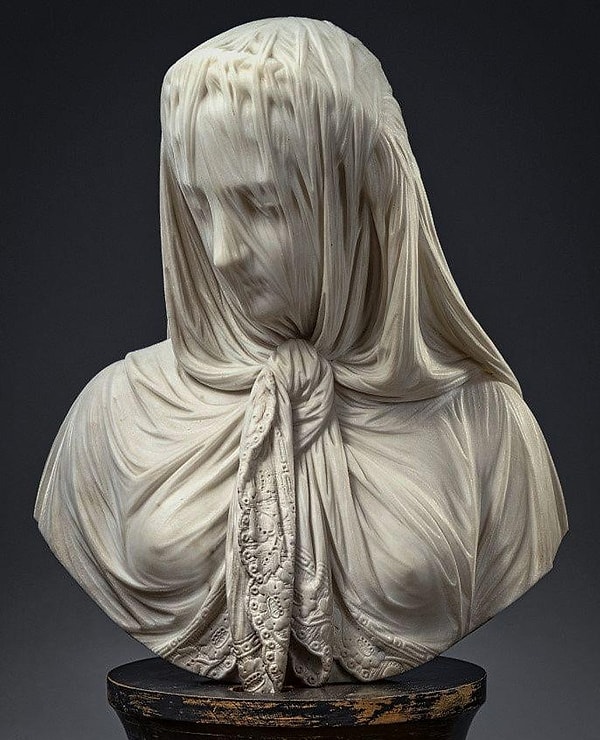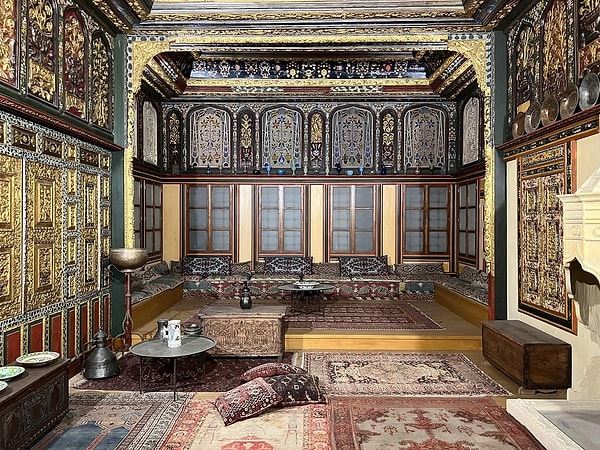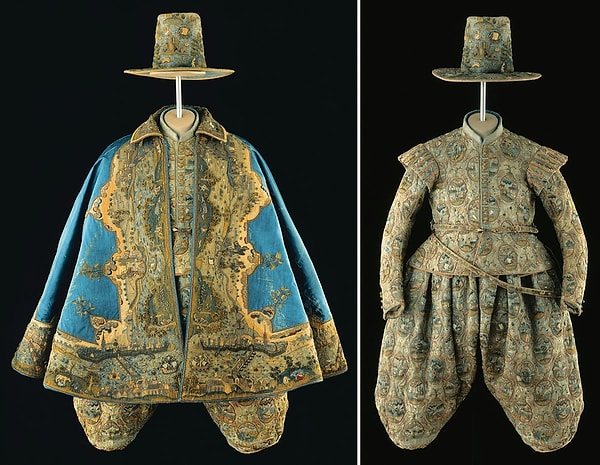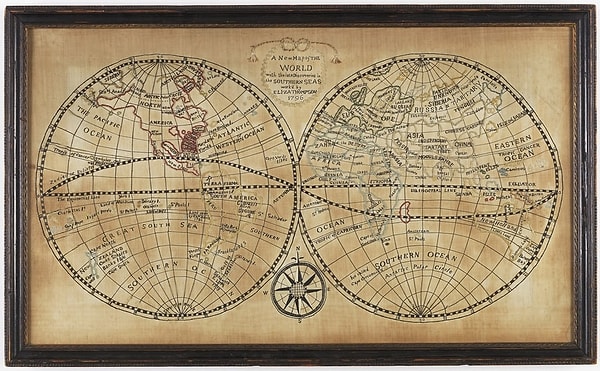10 Fascinating Artifacts That Will Transport You Thousands of Years into the Past
Step into a time machine as we uncover 10 mesmerizing historical artifacts that have defied the passage of time. Each piece, with its intricate craftsmanship and extraordinary design, offers a glimpse into the ingenuity and creativity of ancient civilizations. From mysterious relics to awe-inspiring masterpieces, these artifacts tell stories that will captivate your imagination and ignite your wanderlust. Ready to embark on a journey through history? Let’s dive into the treasures Reddit can’t stop talking about! 🌍
Sunk in 1857: The Mona Lisa of the Deep

The SS Central America, also known as the 'Ship of Gold,' was a vessel traveling between Central America and the eastern United States during the 1850s. In September 1857, the ship sank in a hurricane, claiming the lives of 425 of its 578 passengers and crew. A vast treasure, including 13,600 kilograms of gold, was lost to the ocean floor. This loss had a significant impact on the economic crisis of 1857, known as the 'Panic of 1857.' Decades later, in 2014, the wreck was discovered 7,200 feet beneath the ocean surface near South Carolina. Among the artifacts recovered was a daguerreotype of an unknown woman, dubbed the 'Mona Lisa of the Deep.'
The Colossal Portico of Rome's Pantheon

Built around 126 AD, the Pantheon’s massive portico is framed by 16 monolithic granite columns, each standing 39 feet tall, 5 feet wide, and weighing 60 tons. Considering its construction date, it may seem impossible, yet these columns were quarried in Egypt and transported to Rome using a system of barges and boats.
Too Real to Be Marble: "Veiled Woman"

Italian sculptor Giovanni Battista Lombardi created the Veiled Woman in 1869. This marble sculpture is renowned for its intricate detail, which gives the veil an almost translucent, lifelike quality.
A 1700s Mansion in Kozani

This mid-18th-century mansion is celebrated for its enchanting wood carvings and decor. Rescued by Alexandra Choremi, sister of Antonis Benakis, in the early 1930s and relocated to Kifissia, it was later donated to the Benaki Museum by the Melas brothers. The mansion captivates with its timeless architecture, exquisite woodwork, ornate figures, and Epirote metalwork.
Piazza dell’Anfiteatro

Located in Lucca, Italy, this stunning piazza is encircled by a ring of buildings that mirror the elliptical shape of the ancient Roman amphitheater on which it was built. Dating back to the 1st or 2nd century BCE, the base of the original amphitheater now lies about 3 meters underground.
Elector Johann George I’s Costume

Crafted in Dresden in 1611 by Hans Erich, this elaborate costume was made for Elector Johann George I of Saxony. Embroidered with scenes of the Elbe landscape near Dresden and Meissen, it features depictions of farming activities, people, animals, and Dresden Castle.
The Serpent-Tailed Mountain Lion: Echoes of Mogollon Culture

This petroglyph, depicting a mountain lion with a serpent-like tail, is found at the Three Rivers Petroglyph Site in New Mexico. It is attributed to the Mogollon culture and dates back to 900–1400 CE.
A Glimpse of 1796

This embroidered world map, created in England, features silk embroidery on a cotton base. It is believed to have been crafted by a schoolgirl named Eliza Thompson.
14th-Century Byzantine Mosaic

Located in the Chora Church in Istanbul, this 14th-century mosaic dazzles with its intricate craftsmanship. A masterpiece of the Paleologan Renaissance, it remains a symbol of Byzantine art, though its creator is unknown.
A Shield Woven with the Hair of Enemies

This 19th-century shield, or kalasag, was crafted by the Bagobo people and adorned with the hair of fallen enemies.
Keşfet ile ziyaret ettiğin tüm kategorileri tek akışta gör!


Send Comment